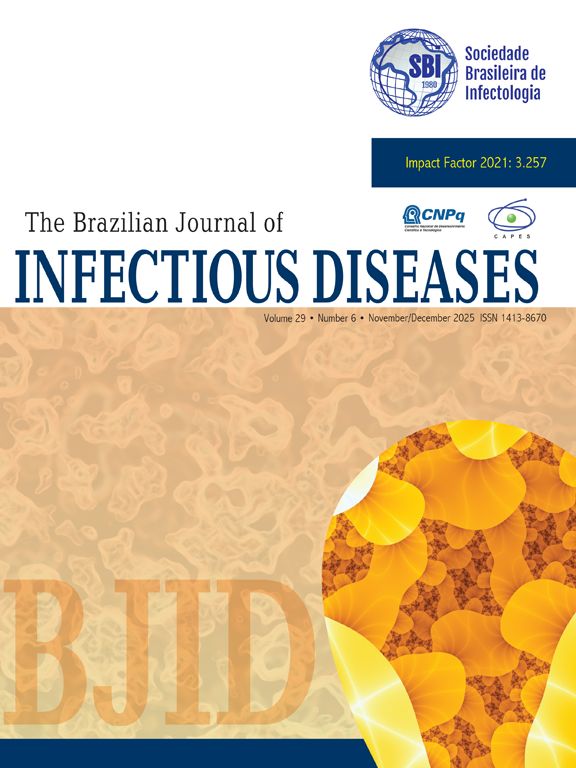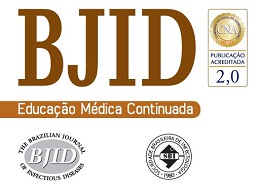There is a high incidence of infections caused by betalactamase-producing Gram-negative microorganisms in Brazil. These organisms are of clinical and epidemiological importance, since their mobile genetic elements facilitate cross-infection. The present study was conducted in sentinel rectal swabs from patients admitted to a cardiac surgery hospital in Rio de Janeiro, from January through December 2007, in a consecutive manner. The aim of the study was to characterize the genotype and phenotype of these isolates from colonized patients. Biochemical tests, antimicrobial susceptibility tests, a confirmatory test for the expression of extended spectrum betalactamase (ESBL) production and polymerase chain reaction for the blaTEM, blaSHV, CTX-M1, Toho-1 and AmpC genes were performed at the University Hospital of Universidade do Estado do Rio de Janeiro (UERJ). The most frequently isolated bacteria were Escherichia coli 9/41 (21.95%) and Klebsiella pneumoniae 14/41 (34.1%). In 24/41 (58%), the ESBL genotype was confirmed. The most prevalent genes in samples that expressed ESBL were blaTEM 13/24 (54%), AmpC 12/24 (50%), blaSHV 6/24 (25%), CTX-M1 7/24 (29%), and Toho-1 6/24 (25%). Of these, 14/24 (58%) presented more than one genotype for the tested primers. In nine (37%) samples other than E. coli, K. pneumoniae or Proteus spp., the phenotype for ESBL was found and confirmed by PCR. The most sensitive substrate in the approximation test in ESBL positive samples was ceftriaxone (83%). Fifty percent of the samples expressed AmpC were associated with other genes. Intermediate susceptibility to ertapenem was found in 2/41 (5%).
The Impact Factor measures the average number of citations received in a particular year by papers published in the journal during the two preceding years.
© Clarivate Analytics, Journal Citation Reports 2025
SRJ is a prestige metric based on the idea that not all citations are the same. SJR uses a similar algorithm as the Google page rank; it provides a quantitative and qualitative measure of the journal's impact.
See moreSNIP measures contextual citation impact by wighting citations based on the total number of citations in a subject field.
See more



